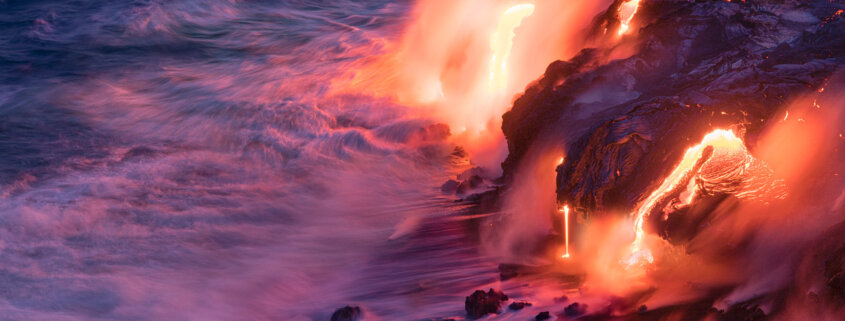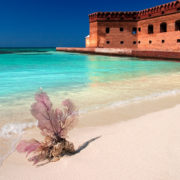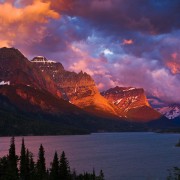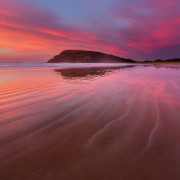Top 10 Beginner Landscape Photography Tips to Get Started
Landscape photography is a inspiring and rewarding hobby, but it can be challenging to get started. If you’re a beginner landcape photographer looking to improve your skills, there are a few tips and tricks that can help you take better landscape photos. In this blog post, we’ll share 10 nature photography tips for beginners that will help you take better photos and enjoy the process more.
Get to know your Digital Camera
The first step to taking better nature photos is to get to know your digital camera. Take some time to read the manual and learn about the different features and settings your camera has. Understanding how your digital camera works will help you take better photos and give you more control over the final result. It would be highly advisable to know how your digital camera works before heading out on that expensive landscape photography road trip.
Use a Tripod to get Sharp Landcape Photos
One of the most important things to keep in mind when taking landscape photos is to use a tripod. A stable DSLR or mirroless camera is essential for sharp landscape photos, especially if you’re using a long shutter speed. Even the slightest movement can cause camera shake and blur your photos, so a tripod will help you keep your digital camera steady and capture sharp images.
Use the Right Camera Lenses
Landscape photos often require a wide field of view to be captured in a single shot. A wide-angle lens allows you to capture more of the scene in your photos, which is perfect for landscapes. It’s also great for creating a sense of depth and scale in your photos. A telephoto lens is a great tool for landcape photography because it allows you to zoom in and capture intimate landscape photos. It can also be used to compress the distance between the foreground and background elements, which can create a sense of depth and scale in your photos.
Use a Circular Polarizing Filter
A polarizing filter is a great tool for landscape photography because it can help reduce glare and increase the saturation of colors in your photos. It works by eliminating reflections on surfaces such as water, glass, and leaves, which can make your photos look more vibrant and natural. It is important to know when NOT to use a circular polarizer to avoid creating
Learn to use Light in Landscape Photography
The best light for landscape photography is typically early morning or late afternoon. These are the times when the sun is low in the sky and the light is softer and warmer. The golden hour, which is the hour just before sunset and just after sunrise, is considered the best time for landscape photography because the warm light creates a beautiful and dramatic atmosphere.
Capturing good landscape photos at midday can be challenging because the light is often too harsh and the shadows are too dark. However, there are a few things you can do to make the most of the light and capture great landscape photos during the middle of the day.
- Look for reflections: Midday light can create beautiful reflections in water and other reflective surfaces. Look for reflections that add interest and beauty to your photos.
- Look for interesting patterns and textures: The harsh light of midday can create interesting patterns and textures in the landscape. Look for patterns and textures that add interest and beauty to your photos.
- Experiment with black and white: Experimenting with black and white can help you create more dramatic and striking photos. The harsh light of midday can create interesting contrast in black and white photos.
Use a Small Aperture for Wide Depth of Field
When taking landscape photos, it’s important to keep the entire scene in focus, from the foreground to the background. A small aperture, such as f/16 or f/22, will help you achieve this. It will also increase your depth of field, which is the range of focus in your photo. It is important to know that depth of field is also affected by your where you focus and the focal lenght of the camera lens you are using.

Landscape photography from Horseshoe Bend, Glen Canyon Recreational Area, Arizona captured usin F18 Aperture.
Experiment with Different Perspectives
Landscape photography is all about experimentation. Try shooting from different angles and perspectives to see what works best for the scene. This can include shooting from a low angle, a high angle, or from a distance. Experiment with different angles to see what works best for your subject and the scene.
Include Sky in your Landcape Photography Composition
The sky can often be an important part of a landscape photo, so make sure to include it in the composition. Whether it’s a beautiful sunset or a dramatic storm, the sky can add a lot of interest and emotion to your photos. Make sure to pay attention to the sky and include it in your photos when appropriate.
Find a unique Location to add Mood & Drama
Location is extremely important in landscape photography. The location you choose to photograph can greatly impact the overall feel and composition of your landscape photo. A beautiful location with interesting features such as mountains, waterfalls, or unique rock formations can make for a stunning landscape photograph. However, even a seemingly ordinary location can be transformed into a beautiful image with the right photography composition and lighting.
Keep your Photography Composition Simple
Finally, try to keep your composition uncluttered and avoid including too many elements in the scene. The background of your landscape photo can make or break the shot. Make sure that the background complements your subject and doesn’t distract from it. Look for a background that is simple and uncluttered and that doesn’t compete with your subject for attention.

Uncluttered landscape photography composition at Emerald Lake, Yoho National Park, British Columbia, Canada
Landscape photography requires patience and a willingness to wait for the right moment. Sometimes the best shots come when you least expect it, so be patient and wait for the right moment to capture the perfect shot. Remember to take your time and enjoy the process, and the results will come.













